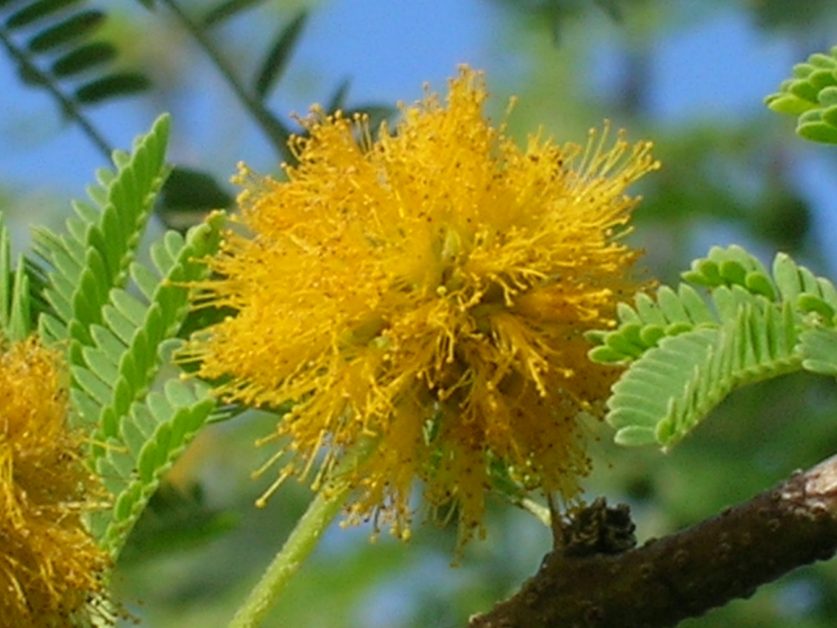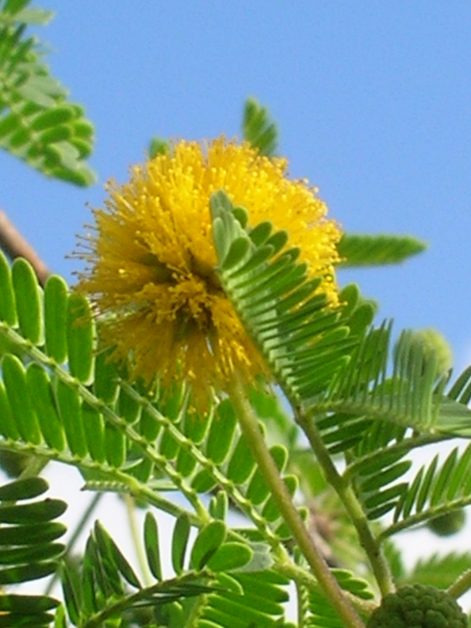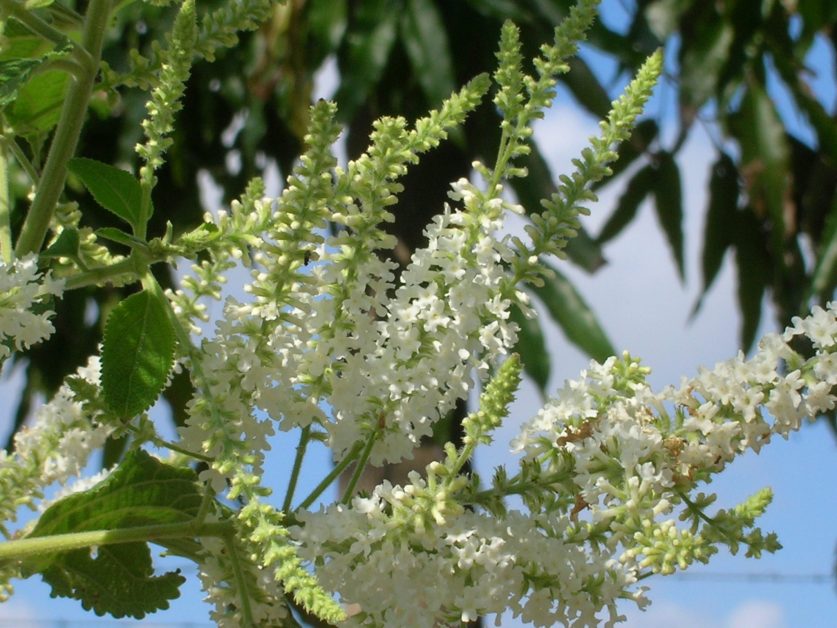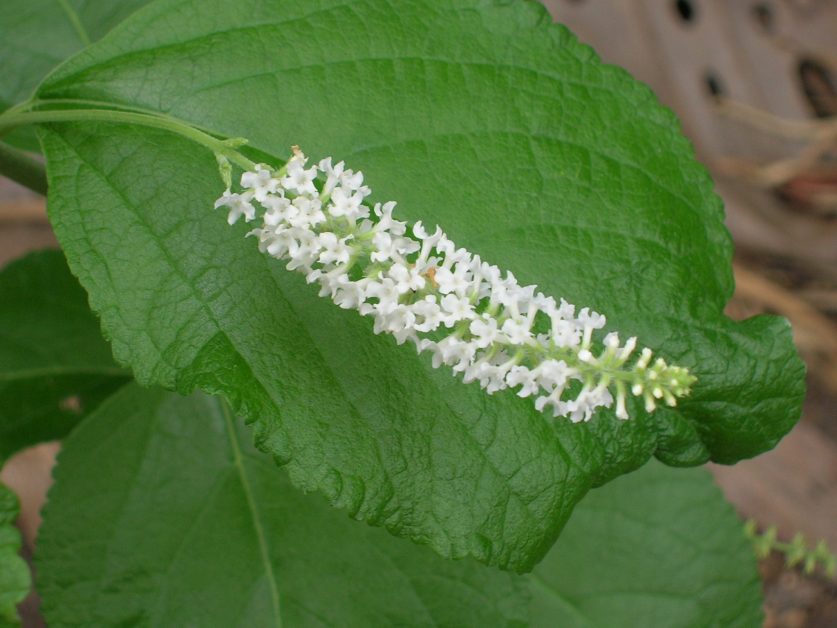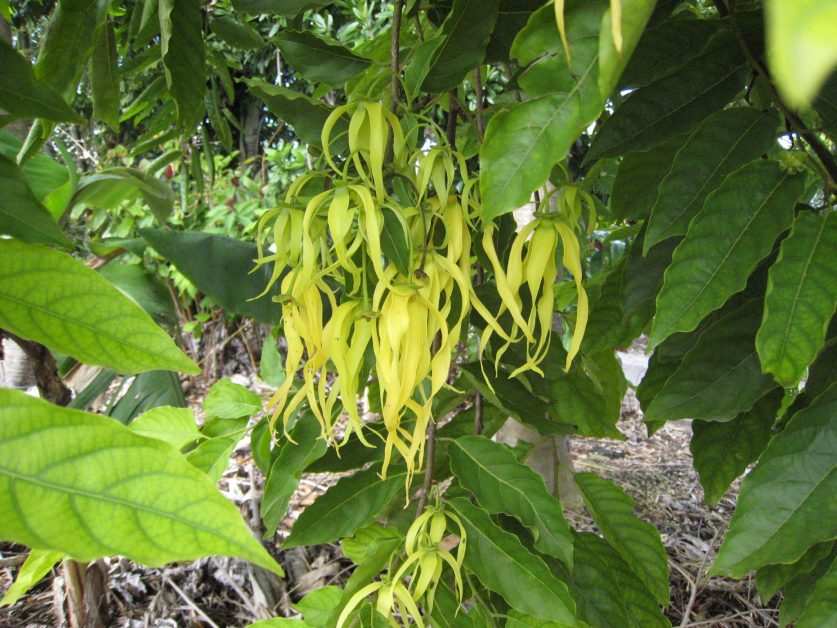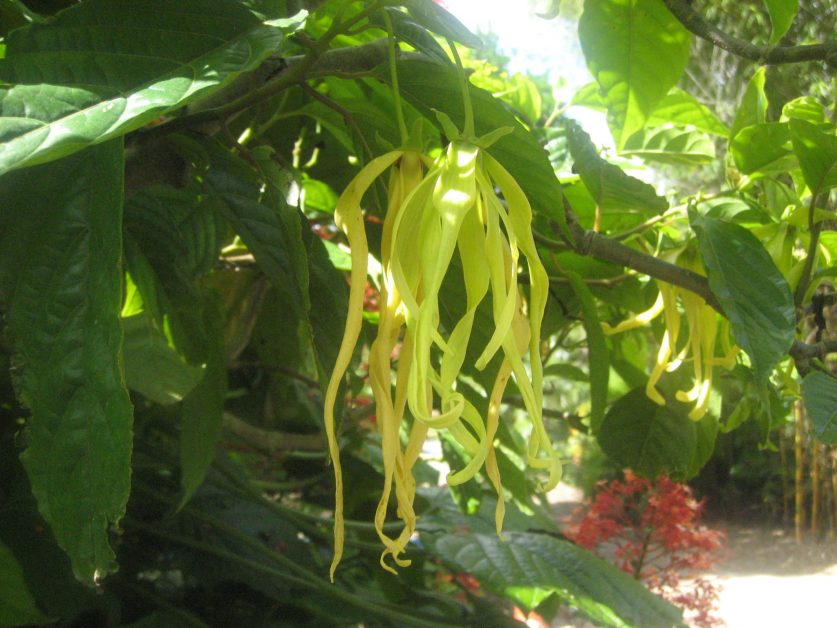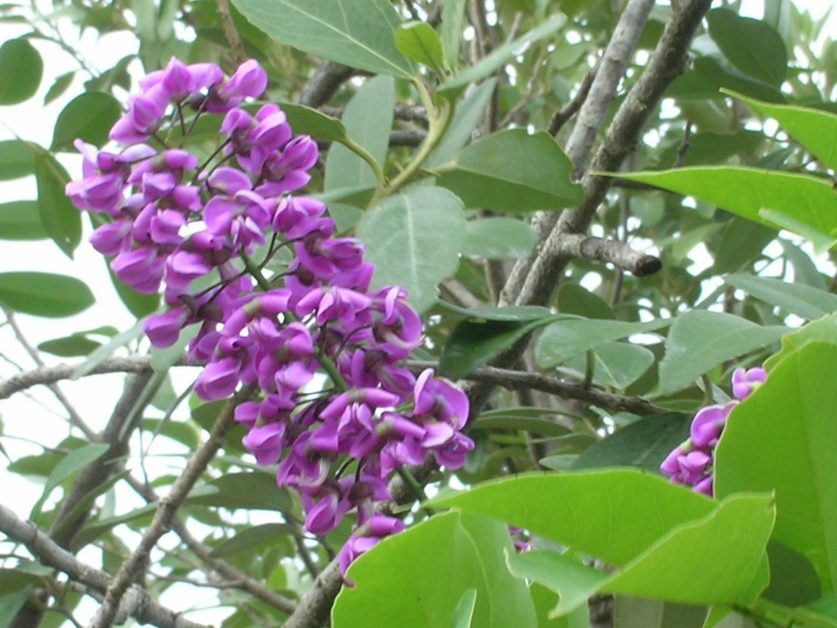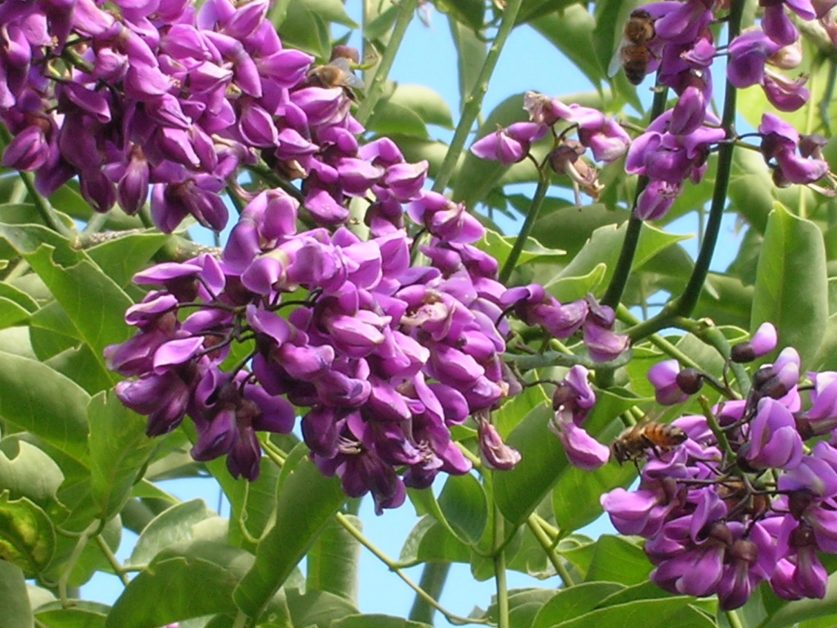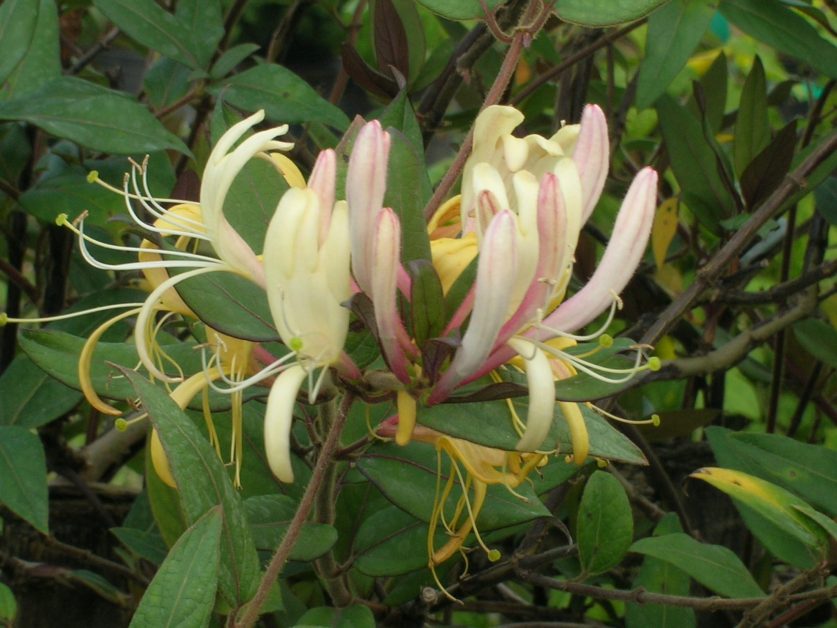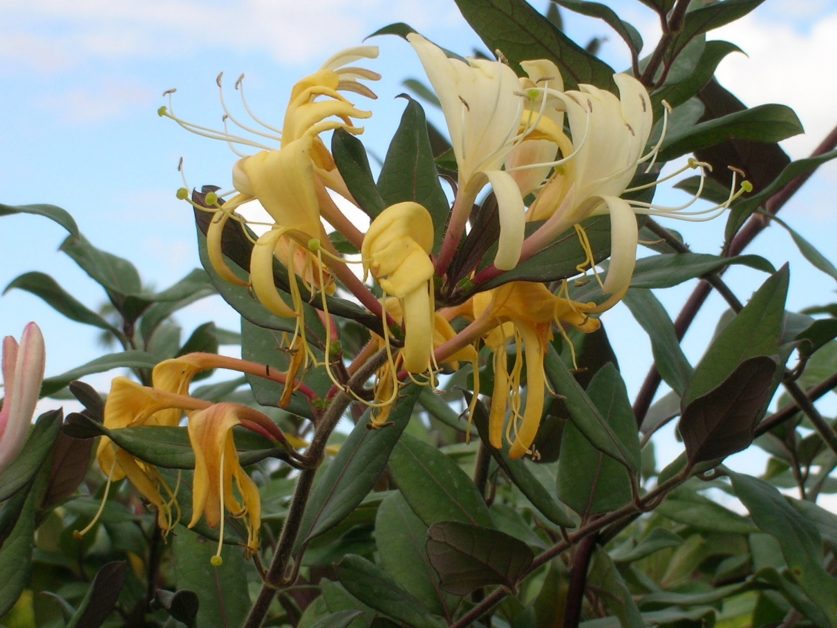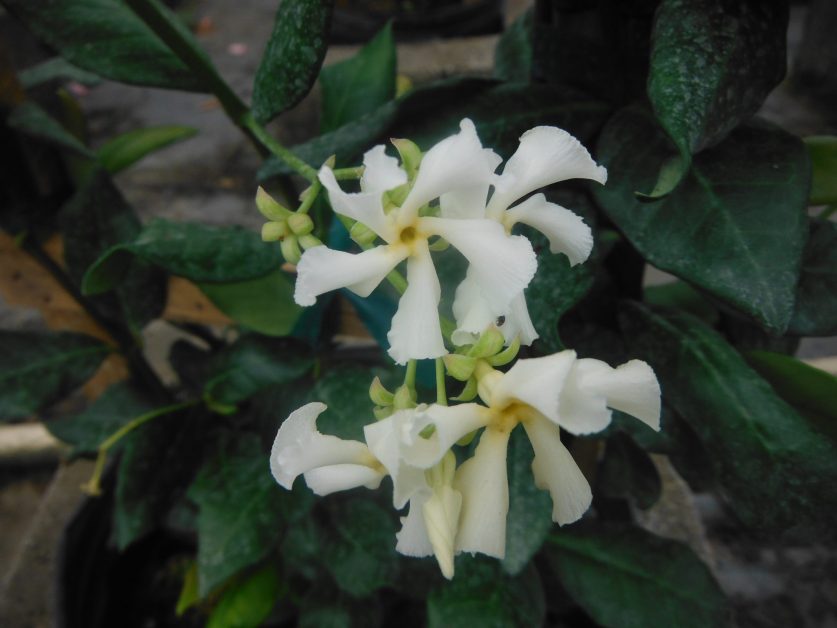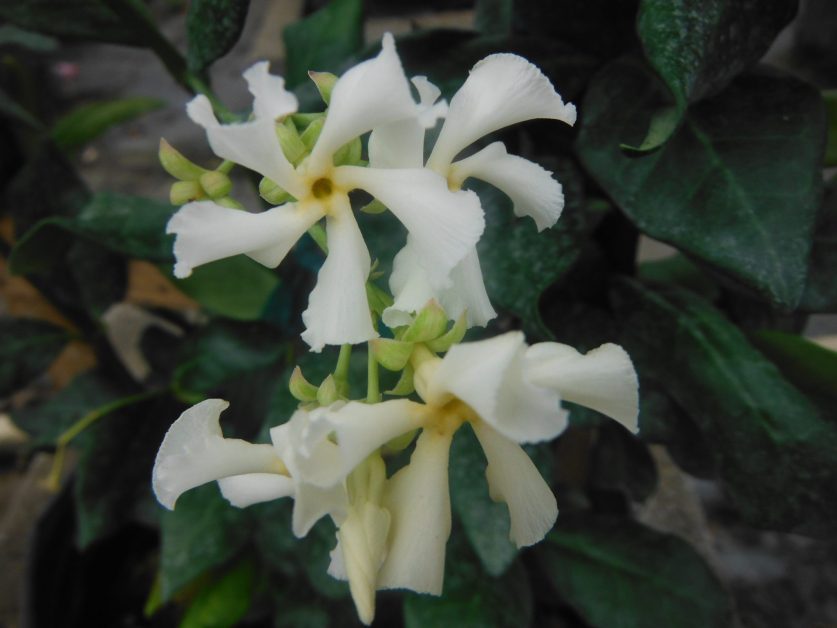Fragrance for Your Yard, Part II
We continue with our look at fragrant plants that Richard Lyons’ Nursery recommends for your yard.
Acacia farnesiana – Its common name, Sweet Acacia, describes the quality of its fragrance. This native North American species, which matures slowly to about 30 ft., has a lot going for it: It is relatively pest-free. It produces puffy, golden-yellow flowers and feathery leaflets. It is drought-tolerant and pest-resistant. And it attracts butterflies and bees. Because of its spiny branches, Sweet Acacia should be planted away from foot traffic. It grows best in full sun.
Aloysia virgata – Here is another plant whose common name attests to the quality of its fragrance. But the vigor of Sweet Acacia’s scent means that it is best appreciated from a distance. Its spikes of small white flowers appear on and off during most of the year. In our area, it is an evergreen shrub capable of reaching 15 ft., but it can be cut back hard to suit small sites or owner preferences. For more information, see “Sweet Almond (Aloysia virgata),” published 11/17/12 on this site.
Cananga odorata – This is the famed Ylang Ylang Tree, source of the aromatic oils that constitute Chanel No. 5. Plant this fast-growing tree in filtered light, provide ample moisture, and wait for it to waft its elegant fragrance through your property during evenings and nights in the warmer parts of the year. In the poor soils of southern Florida, C. odorata reaches about 30 ft. at maturity. For more information, see “Ylang-Ylang Tree (Cananga odorata),” published 11/30/12 on this site.
Eugenia axillaris – The White Stopper is a native species that reaches 25 ft. or more in southern Florida. It blooms most heavily in warm weather, producing aromatic white to cream-yellow flowers with many attractive yellow stamens. Its red and black fruits are edible. New foliage emerges reddish-pink before turning a glossy green. Grow in filtered light in well-drained soil. Once acclimated to its site, a White Stopper is quite drought-tolerant. For more information, see “The Stoppers (Myrtaceae),” published 3/2/13 on this site.
Lonchocarpus violaceus – The Lilac Tree smells as good as it looks. This moderate- to fast-growing tree matures in the 25-35 ft. range and features a dense, broad canopy. In the late summer and fall it produces showy lavender flowers scented much like those of northern lilacs. It is a butterfly and bee attractant. Native to the West Indies and northern South America, the Lilac Tree tolerates poor soils, as long as they’re well-drained.
Lonicera japonica – What kid hasn’t been attracted to Japanese Honeysuckle? For a sweet treat, just bite off the bottom of a flower and sip the nectar. The flowers are beautiful — tubular, spreading white petals with long white stamens — and very fragrant. Since the vine loves to travel, it should be grown on a free-standing fence or other structure not close to anything on which you don’t want the plant to grow. For a tropical species, it is remarkably cold-hardy.
Osmanthus fragrans – Sweet Olive is native to a broad swath across Asia. Its delicate flowers, ranging in a spectrum from white into yellow, produces a daytime fragrance that some have likened to that of ripe peaches or apricots. It is a long-lived evergreen — densely-branched with dark green foliage — which can reach up to 20 ft., but can be maintained at 10 ft. or under. It is an excellent species to locate next to walking paths or near doors and windows. Sweet Olive is best grown in partial shade to sun.
Trachelospermum jasminoides – Pinwheel-shaped, 1-in. fragrant flowers make Confederate Jasmine a popular vine. Neither a true jasmine nor a native of the American south, this Chinese species performs well in partial shade or bright sun. It can be grown to cover a wall, fence or sturdy tree, but also makes a very successful ground cover. Alternately known as Star Jasmine, this plant is easy to grow and very cold-tolerant. It is a day-scented species.
- Acacia farnesiana (Sweet Acacia)
- Acacia farnesiana (Sweet Acacia)
- Aloysia virgata (Sweet Almond)
- Aloysia virgata (Sweet Almond)
- Cananga odorata (Ylang-Ylang)
- Cananga odorata var. fruticosa (Dwarf Ylang-Ylang)
- Lonchocarpus violaceus (Lilac Tree)
- Lonchocarpus violaceus (Lilac Tree)
- Lonicera japonica (Japanese Honeysuckle)
- Lonicera japonica (Japanese Honeysuckle)
- Trachelospermum jasminoides (Confederate Jasmine)
